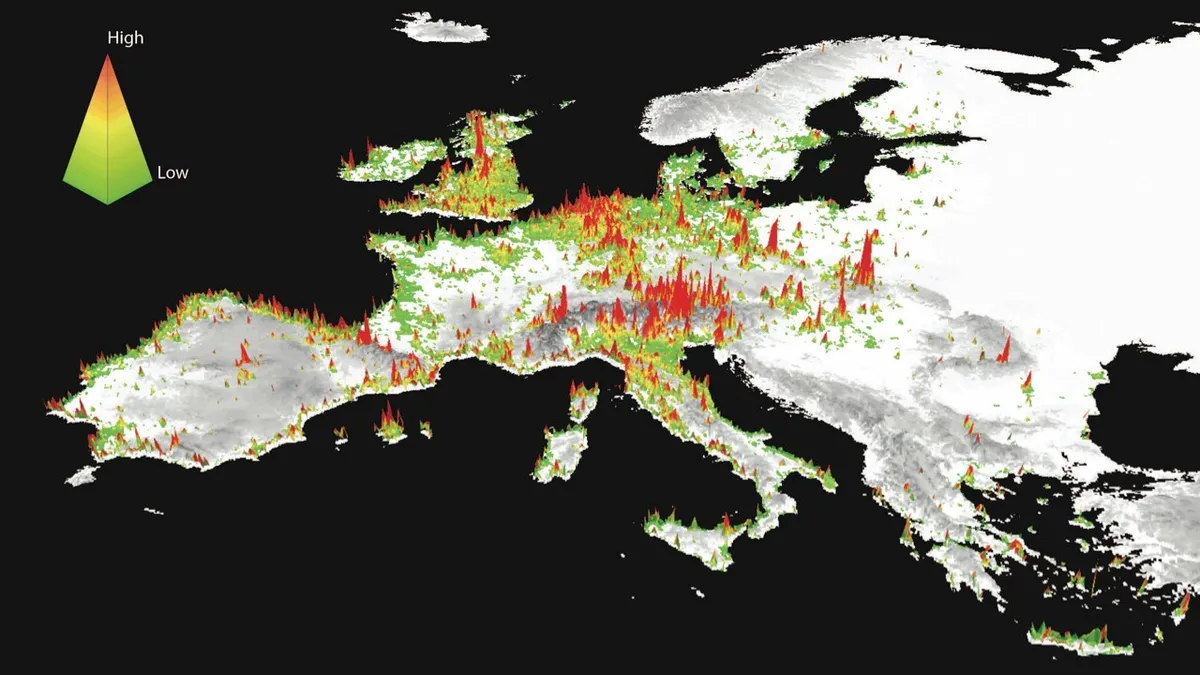Instagram, Flickr, Panoramio, sound familiar? If so, it is possible scientists from the Carolina State University may have used one of your images in their research. By analysing thousands of geo-tagged images of European landscapes, plus millions of comments, researchers were able to provide information on what people perceived and valued in the environment.
Models of Social Media
By considering this broad range of people’s opinions, researchers could then create predictive models specific to each area in Europe. These can be used to help guide the policy of what land is used for, in conservation planning and in making developmental decisions.
"Social media offers the possibility of transforming the way researchers collect data on how we perceive and value the environment around us," says Derek van Berkel, co-lead author of the study. "Crowd-sourced information provides an exciting alternative to small-scale social surveys, which are expensive and laborious to administer."
Using social media to create ingenious algorithms,the studyused the geographic distribution of images to be ranked into quartiles, from least to most-visited locations. For instance, visitor patterns demonstrated that mountainous areas, locations near rivers/lakes, and busy city centres are most-valued.
A social media-defined future?
As the use of land continues to shift as urbanisation expands, providing this information is becoming increasingly important. For instance, the predictive models could help the residents of the Swiss Alps to decide whether mountain meadows are best suited for suburban housing, a new ski resort or grazing cattle. French locals could also choose between investing in large-scale agriculture, or in preserving traditional hedgerows, which have attain a higher beauty and environmental value as a habitat for animals.

"We found that Panoramio, Instagram and Flickr provided comparable data that was reliable as an indicator of which landscapes visitors value most on a continental scale," says van Berkel. "It's difficult to put a numerical value on beauty and inspiration, but policymakers need to know which locations have aesthetic and cultural worth so that they can develop strategies to preserve those landscapes’’
#Beautiful
Photo-sharing platforms insocial mediacan therefore provide a rich resource of information in a snapshot. This is further expanded when, in Instagram, personal comments and hashtags are added to the photos. Given this network is particularly used by millennials, a key demographic group that will influence future land use decisions, this field of research could grow to become highly influential in making environmental decisions.
"Geospatial analytics allows us to study how urbanization changes the landscape and to predict the consequences of those changes," concludes van Berkel,"Our goal is to model what will happen in different scenarios - something like what you'd see in Sim City - but using a computer model driven by real data about real places."
Follow Science Focus onTwitter,Facebook, Instagramand Flipboard